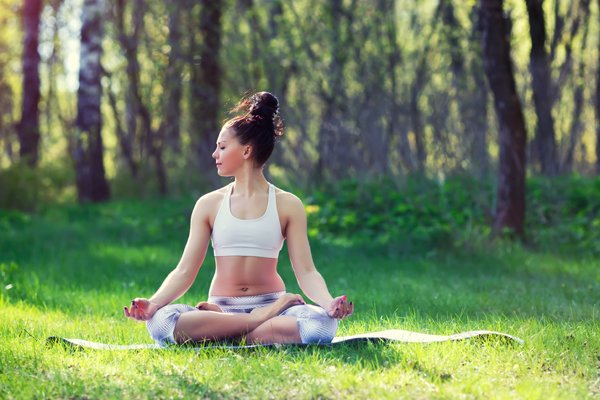When we are born, the first things we do by ourselves, without anyone telling us how, are to breathe and cry. Fortunately, we soon understand that the second is just a communication tool, while the first is an essential condition for life.
- But no matter how instinctive breathing is, not all of us do it correctly. The causes could perhaps be that during growth we incorporated bad habits or some physical defect, such as a deviated septum, for example, which prevents the correct passage of air from the nose to the lungs.
- The truth is that proper breathing largely depends on the functioning of the body as a system and that the process begins when we inhale the air and it reaches the lungs to oxygenate them, invigorate blood flow, and favor, among other actions, the Elimination of toxins resulting from human metabolism.
- There are techniques, developed by yoga practitioners that optimize the breathing process and allow better use of the lungs. These, incidentally, relieve tension in the chest and back muscles and help prevent or cure respiratory diseases.
- It has also been proven that there is an interaction between emotional states and breathing, since its rhythm varies depending on whether we are tense, relaxed, at rest or in motion. Yoga helps to raise awareness of these differences and put them into function for your health.
Relax body and mind with the breath
- But these techniques require a learning process that will take time and concentration at first, but will later bring notable benefits. The simple act of inhaling and exhaling deeply, for example, gives us an unmatched feeling of well-being; while the so-called complete breathing – the sum of abdominal, thoracic and clavicle breathing – allows the body and mind to relax.
- Abdominal or diaphragmatic breathingis the simplest technique. Lying on the floor, rest both hands on your belly. Inhale slowly and deeply through the nose and voluntarily dilate the abdomen, concentrating all the energy there. Retain the air for a few seconds and exhale little by little, until the abdomen is completely contracted.
- At first it may be difficult to voluntarily dilate the abdomen, so it is convenient to place a light book on the belly and check its vertical movement and thus check that we are performing the exercise correctly.
- Thoracic or costal breathing is also done lying on the floor but with the hands on the chest, concentrating the energy there. Without moving the abdomen, inhale, paying attention to how the ribs open as the air enters. Then exhale slowly, trying to become aware of how the ribcage closes.
- To practice clavicle or high breathing, you will have to lie down again and put your hands on your chest or collarbones. Breathe in and out through your nose, feeling your collarbones slightly come together and part. It is important that you know that this type of breathing is insufficient for the body and should not be done alone for a long time.
- Once you have managed to master the different techniques separately, you will be ready for the so-called complete breathing that is done in the same position but matching the inhalation with the dilation first of the abdomen, then of the thorax and finally, of the clavicle area. To exhale, follow the same order, “emptying” first the abdomen, then the thorax, and finally the clavicles.
- Two complete sessions of these techniques a week, carried out at any time, although the morning is recommended, will be enough to expand your lung capacity, harmonize the body and prevent respiratory diseases so frequent at this time of year.
